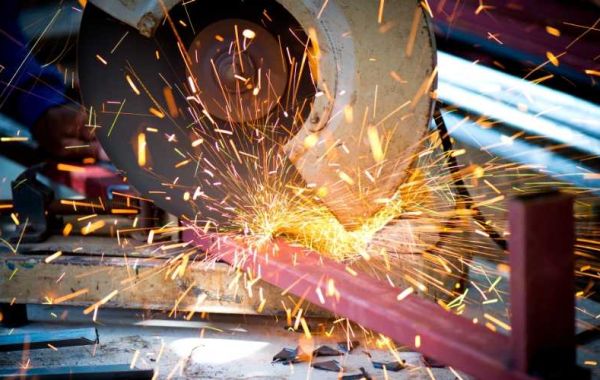Precision casting, also known as investment casting or lost-wax casting, is a manufacturing process used to produce complex and intricate metal parts with high accuracy and surface finish. It is widely used in various industries such as aerospace, automotive, medical, and jewelry making.
The process involves creating a wax pattern of the desired part, coating it with a ceramic shell, melting out the wax, and pouring molten metal into the shell. Once the metal solidifies, the shell is broken away, and the finished part is Precision casting.
To ensure the success of the precision casting process, various materials are used, including wax, ceramic, and metal alloys.
Wax: Wax is the primary material used to create the initial pattern for precision casting. It is chosen for its low melting point, ease of use, and ability to replicate intricate details.
The wax pattern is made by injecting molten wax into a mold that has been designed to replicate the desired part's shape. Once the wax pattern has been created, it is then coated with a ceramic shell.
Ceramic: Ceramic is used to create the shell that will hold the molten metal during the casting process. The ceramic shell is created by dipping the wax pattern into a ceramic slurry, followed by a coating of fine sand.
This process is repeated several times to build up a thick and durable shell that can withstand the high temperatures of the molten metal.
There are several types of ceramic materials used in precision casting, including silica, zircon, alumina, and fused silica. Each material has unique properties that make it suitable for specific applications.
For example, silica is commonly used for its low cost and good casting properties, while zircon is used for its high strength and resistance to thermal shock.
Metal Alloys: The final material used in precision casting is the metal alloy used to create the finished part. The metal alloy is chosen based on the part's requirements, including strength, corrosion resistance, and temperature resistance.
Common alloys used in precision casting include stainless steel, aluminum, bronze, and titanium.
Stainless steel is commonly used for its strength and corrosion resistance, making it an ideal choice for parts used in harsh environments. Aluminum is a lightweight metal that is used for its low density and excellent thermal conductivity.
Bronze is often used for its wear resistance and is a common material for creating gears and other mechanical parts. Titanium is a high-strength and lightweight metal that is often used in aerospace and medical applications.
In conclusion, precision casting is a complex manufacturing process that requires various materials to produce high-quality metal parts. Wax is used to create the initial pattern, ceramic is used to create the shell, and metal alloys are used to create the finished part.
The specific materials used depend on the part's requirements, including strength, corrosion resistance, and temperature resistance. By using the right materials, precision casting can produce parts with high accuracy, surface finish, and complexity.







